An overview
We treat each horse that we train as an individual within the framework of our training methods. We believe that our horses do better when they are able to live and behave as naturally as possible, which means that they are turned out for the majority of the day with constant access to forage. We work with an excellent equine nutritionist to ensure that each horse's diet is tailored for the type of training it is undertaking. A high percentage of racehorses in training suffer from some form of gastric ulceration, and we have found that having access to pasture turnout and not being confined to stables, combined with good nutritional management, is key to avoiding this problem.
Together with this, we spend a great deal of time schooling our National Hunt horses, doing grid work and conditioning them to be better balanced and improve their jumping. We have the luxury of a specially designed loose school in the centre of our covered eight-horse horsewalker as well as the standout one-mile gallop that rises more than 220ft, which enable us to fine-tune our horses' fitness so that they arrive at the racecourse in peak condition.
In 2005, I decided to train and run all my horses without shoes because I believed that the shoes were causing or contributing to injuries. None of the horses that I have trained or run without shoes since has suffered a tendon injury, and we have had success and winners under rides by top jockeys such as Sir AP McCoy, Richard Johnson and Andrew Thornton, among others.
We, as participants in the sport of racing, working alongside our ruling body, must continue to do everything possible to safeguard the welfare of our equine athletes and jockeys. Racing must evolve and keep pace with the expectations of modern life. This is what we hope to do here at Simon Earle Racing.




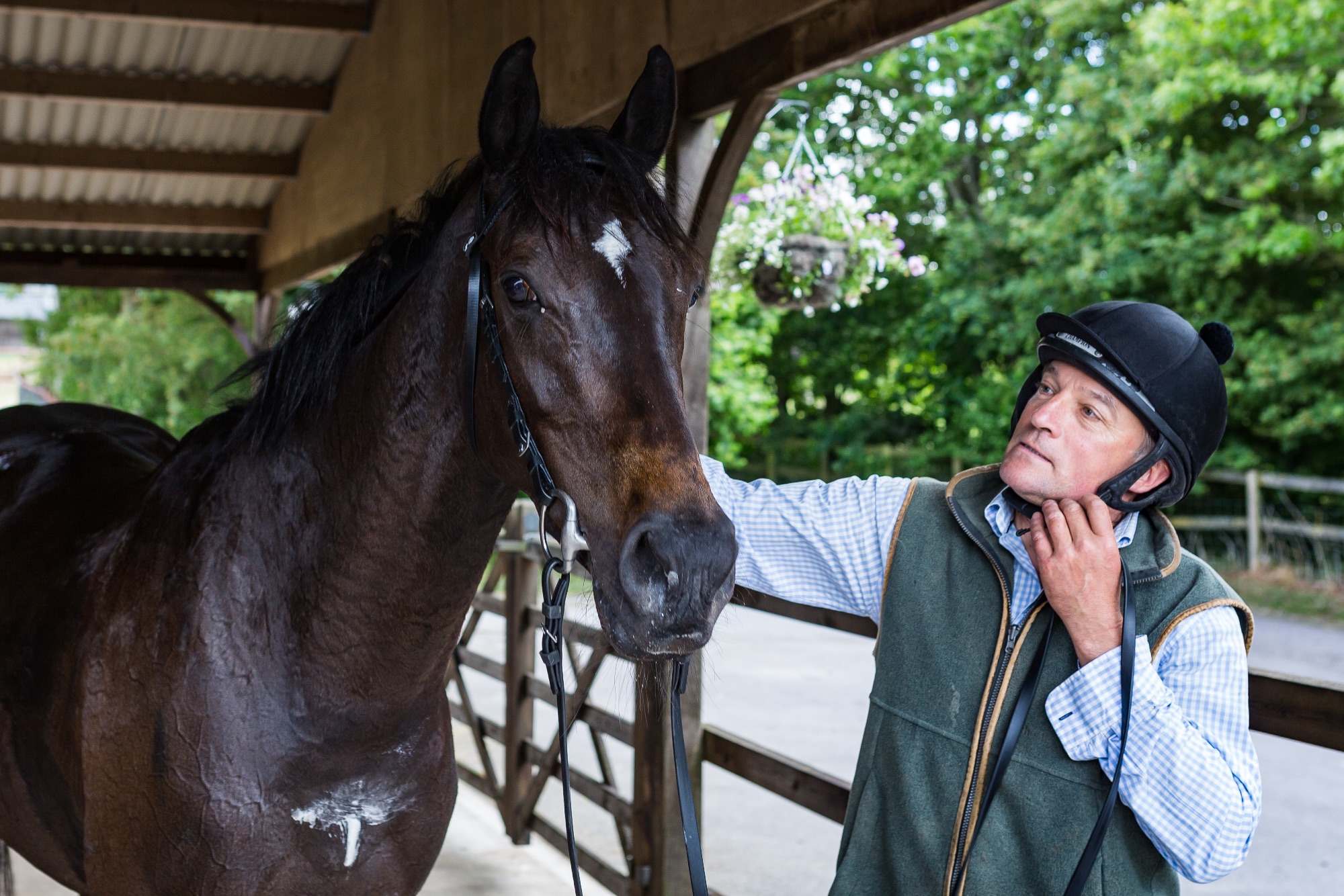
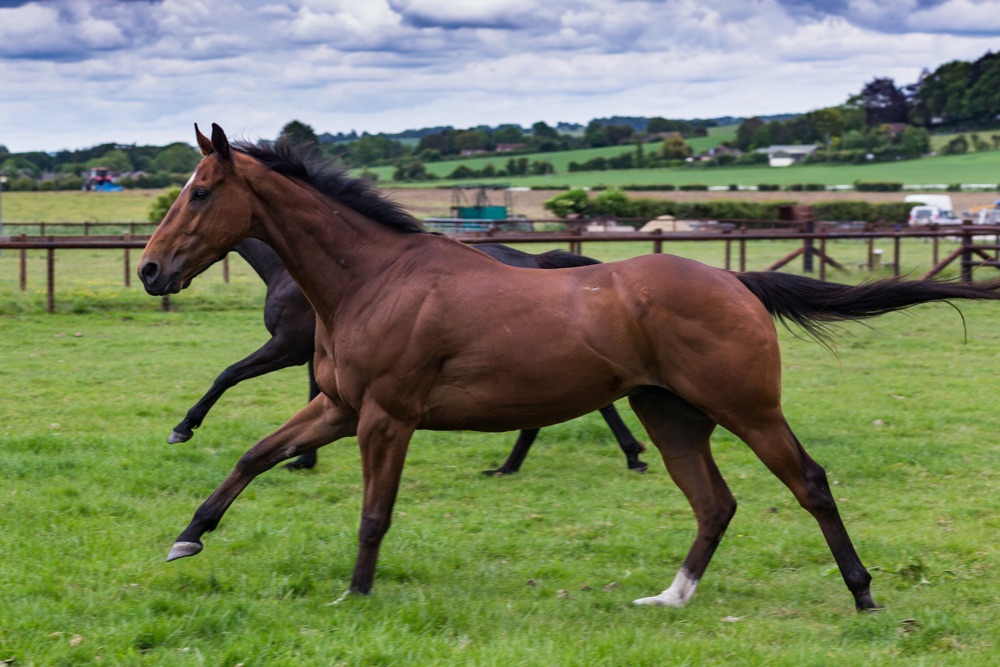
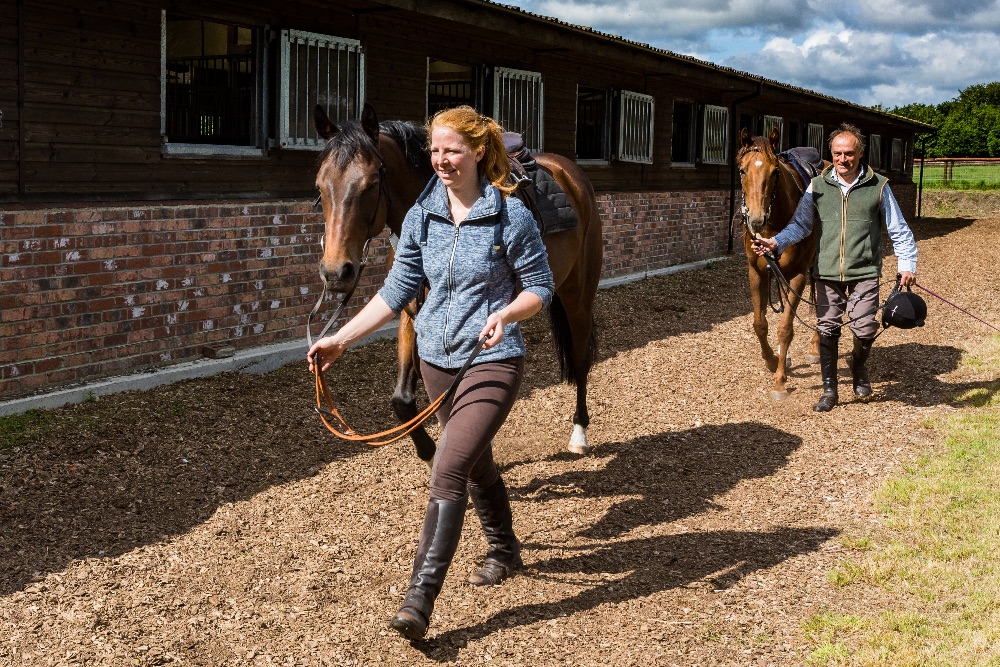
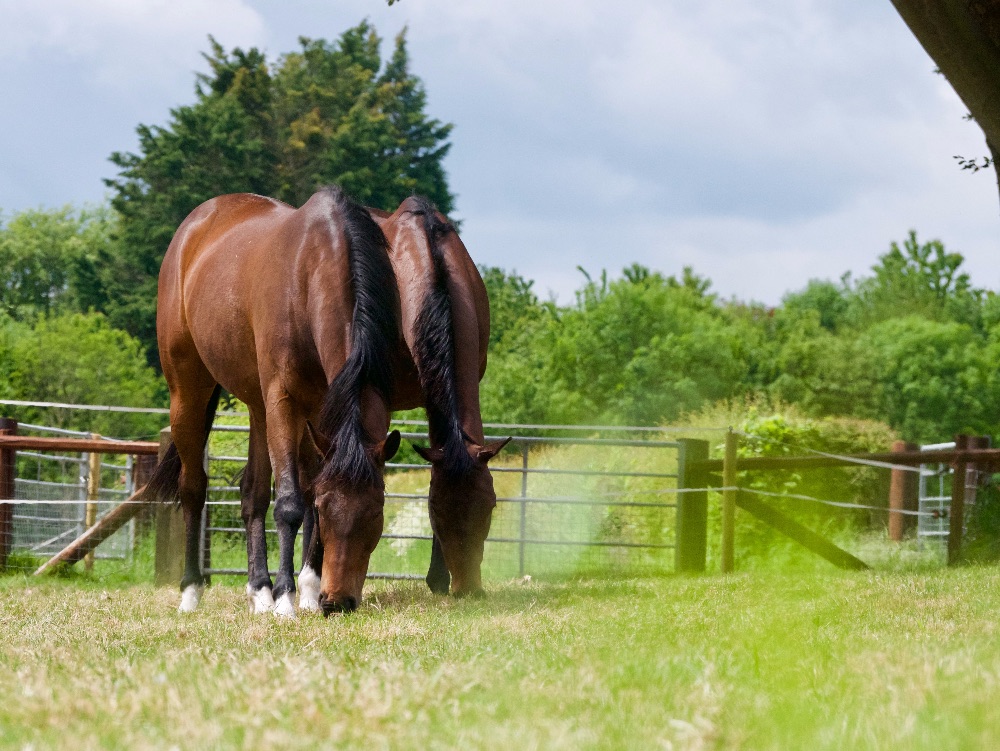
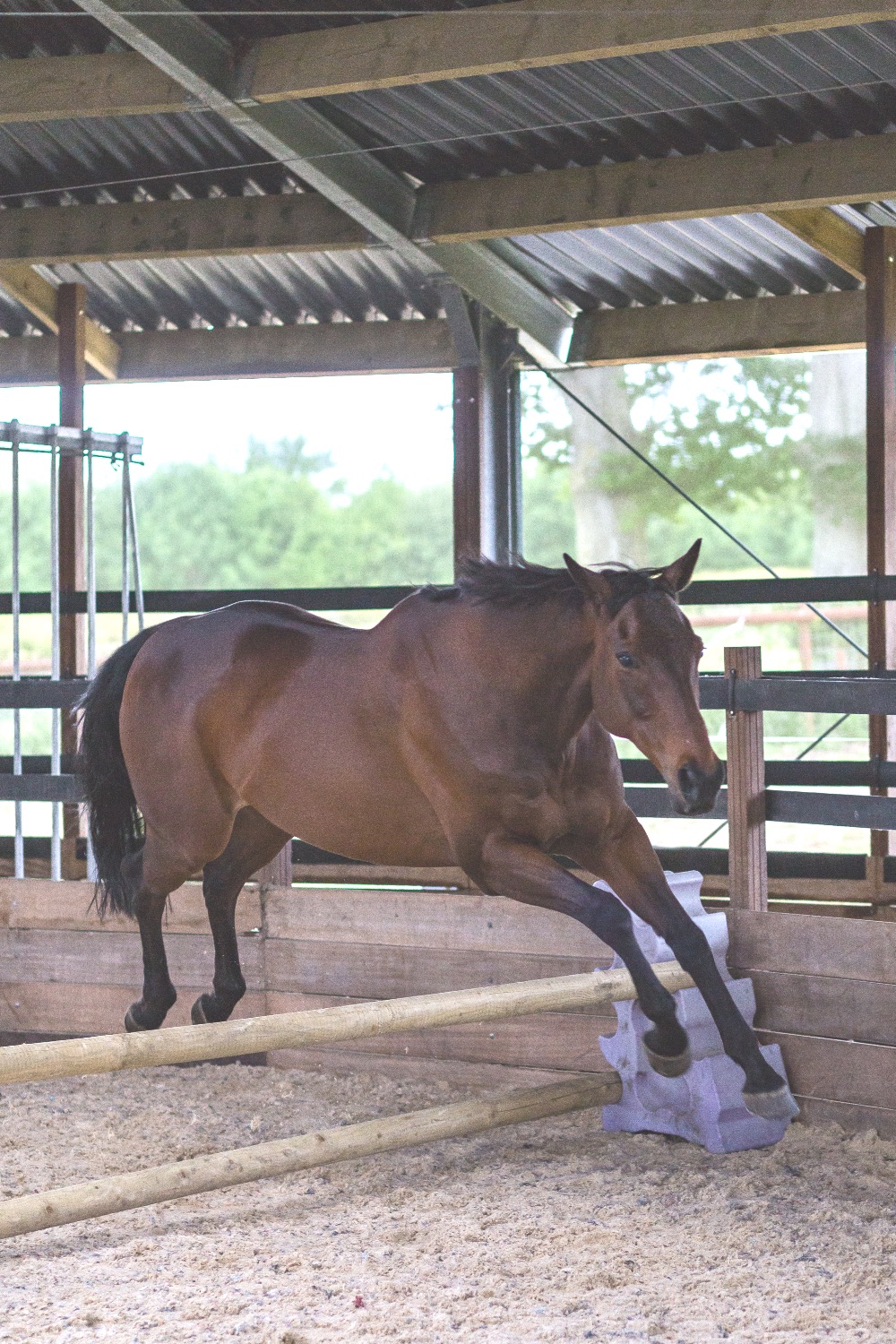
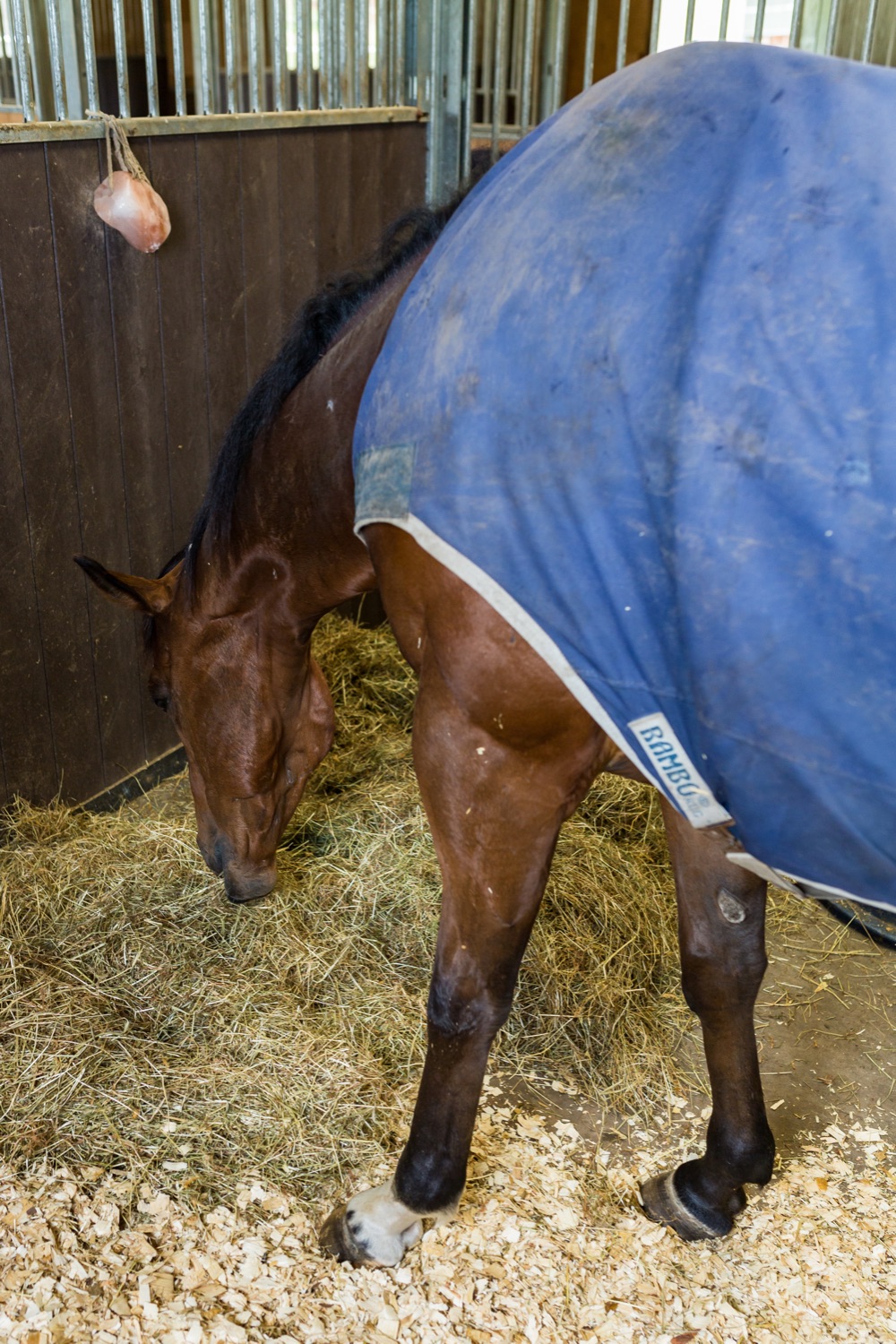
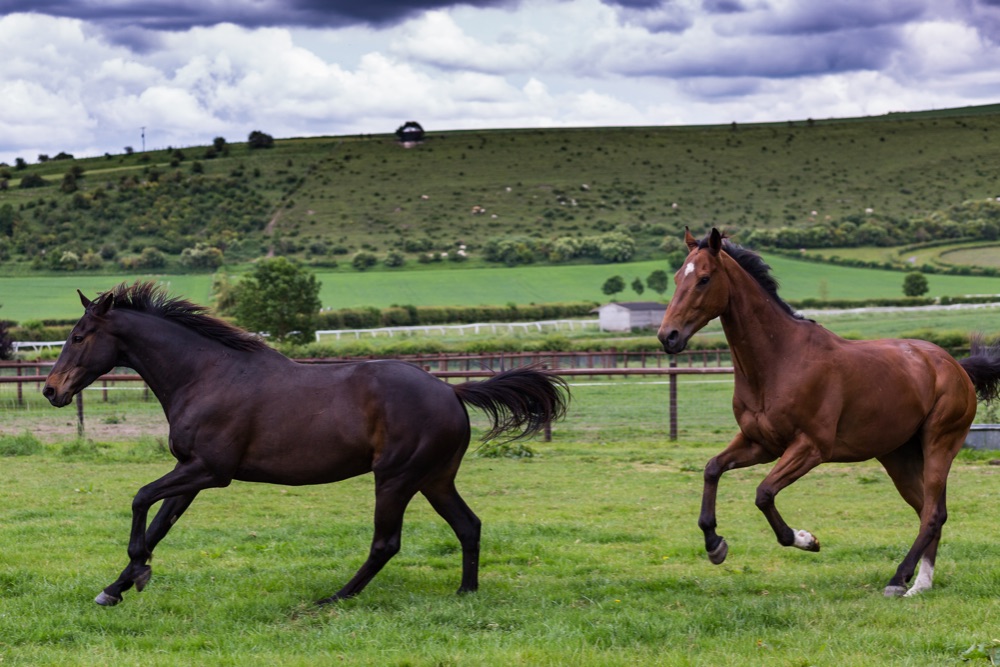
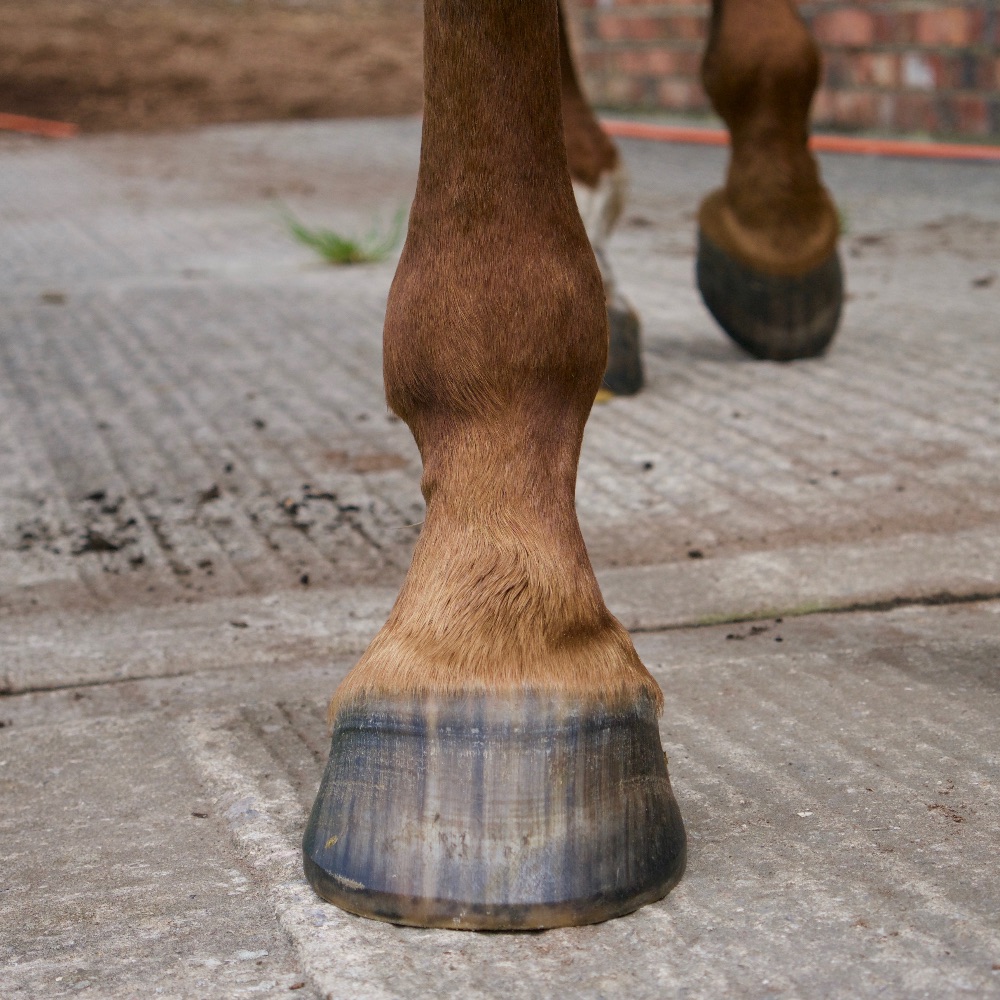
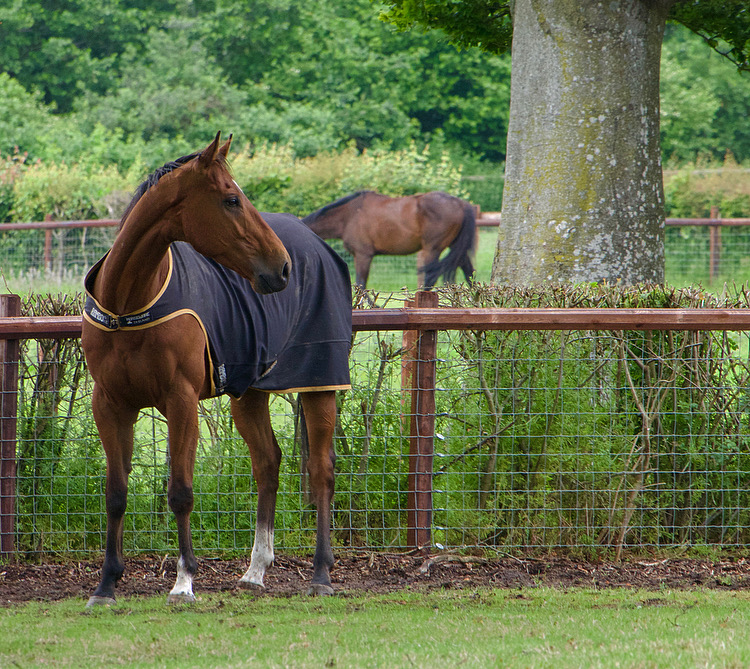
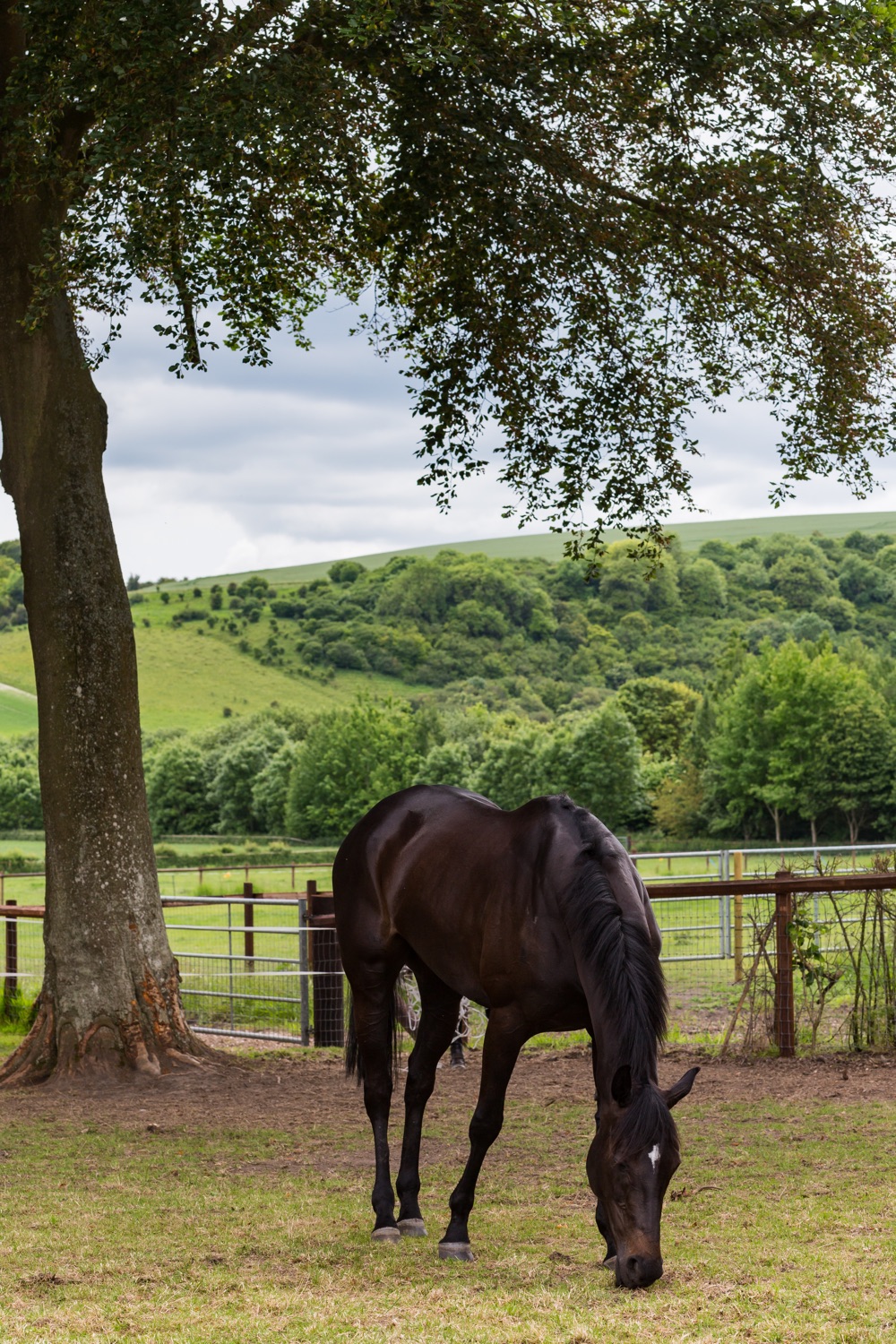
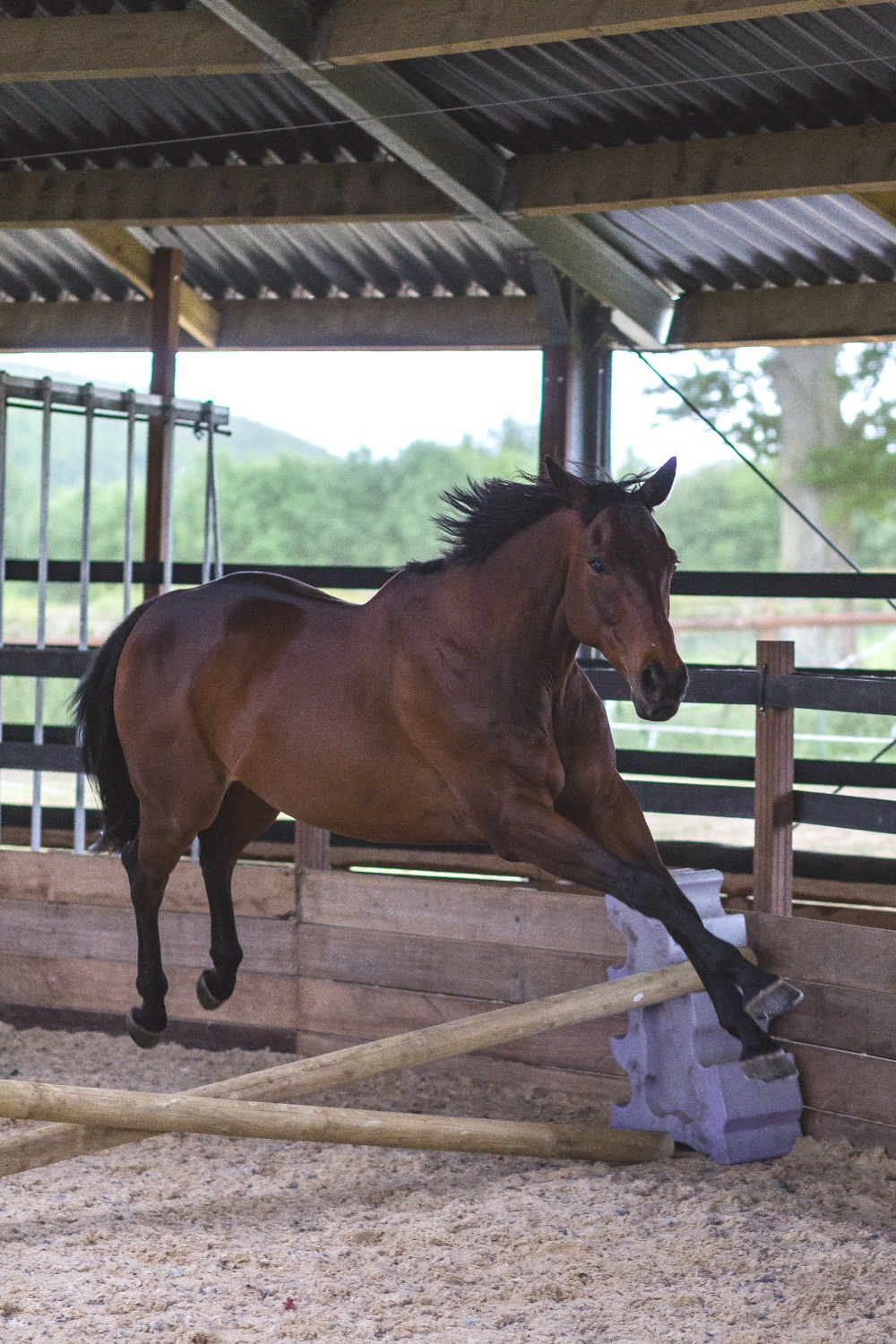
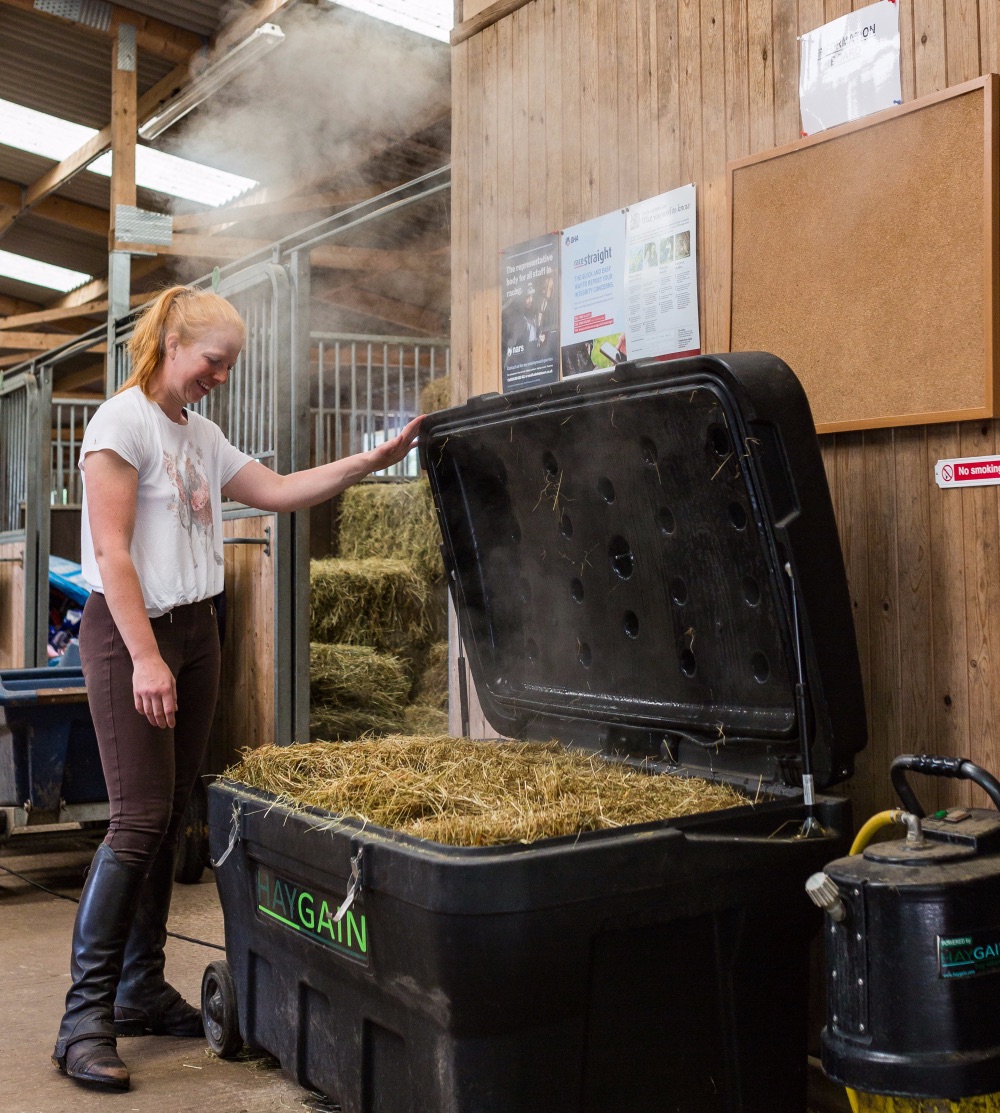
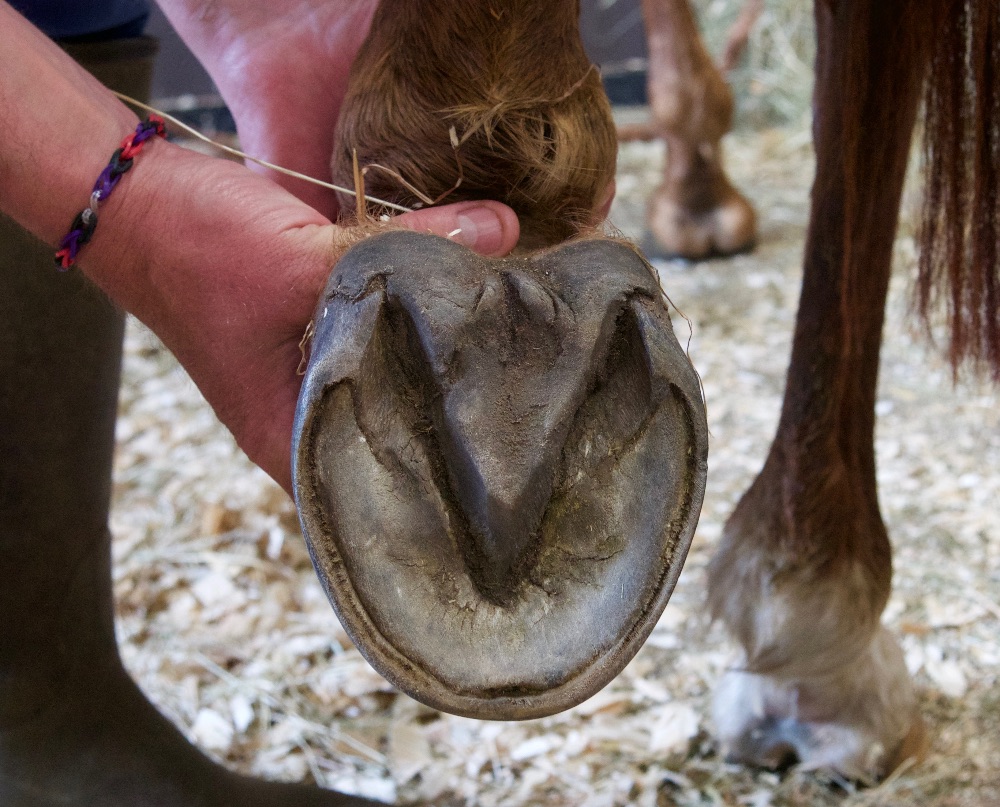
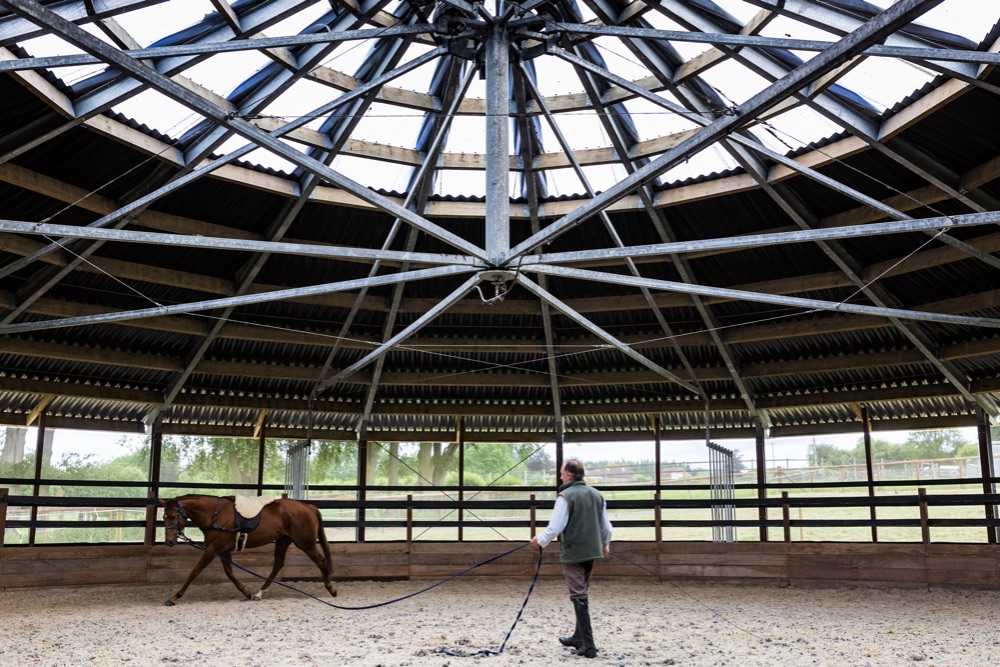
 Facebook
Facebook Instagram
Instagram Twitter
Twitter